Terrestrial Ecology Exam 2
1/33
There's no tags or description
Looks like no tags are added yet.
Name | Mastery | Learn | Test | Matching | Spaced |
|---|
No study sessions yet.
34 Terms
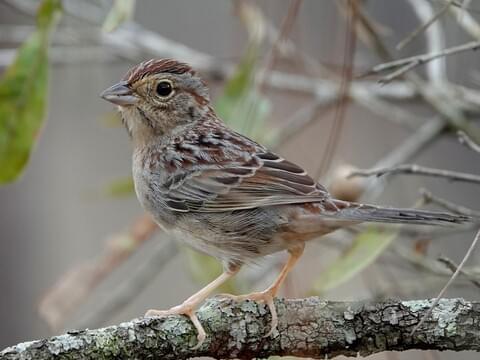
Identify this bird and its habitat
Bachman’s Sparrow
Southeastern Pine Savanna
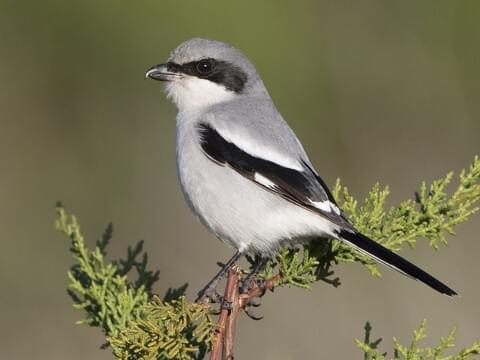
Identify this bird and its habitat
Loggerhead Shrike
Southeastern Pine Savanna
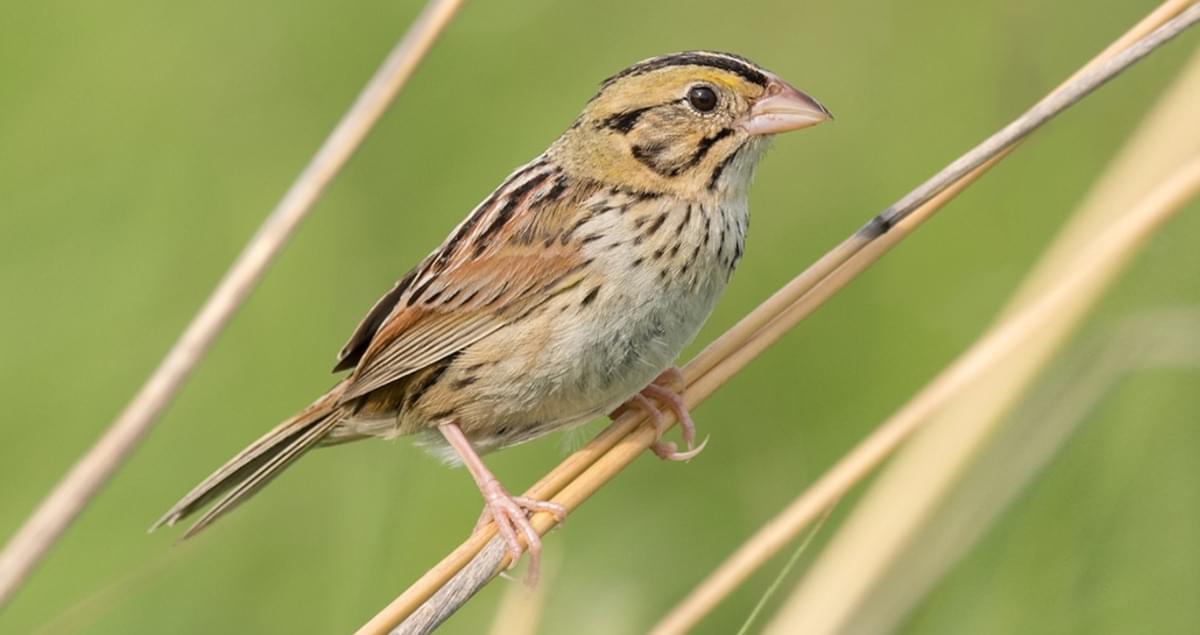
Identify this bird and its habitat
Henslow’s Sparrow
Southeastern Pine Savanna
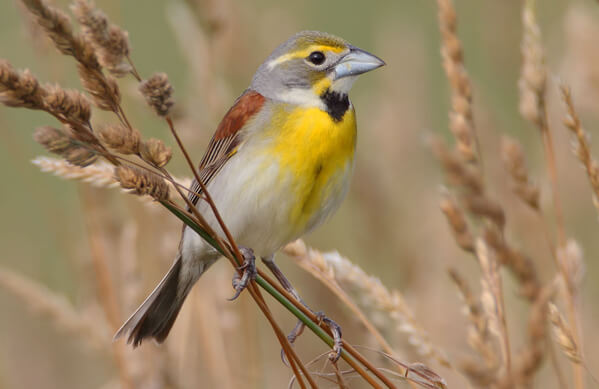
Identify this bird and its habitat
Dickcissel
Tallgrass Prairie
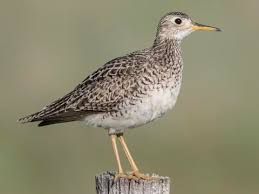
Identify this bird and its habitat
Upland Sandpiper
Tallgrass Prairie

Identify this bird and its habitat
Grasshopper Sparrow
Tallgrass Prairie
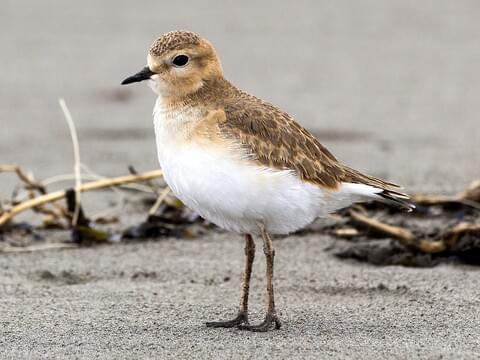
Identify this bird and its habitat
Mountain Plover
Shortgrass Prairie

Identify this bird and its habitat
Lark Bunting
Shortgrass Prairie
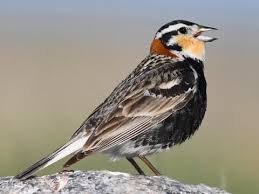
Identify this bird and its habitat
Chestnut-collared Longspur
Shortgrass Prairie
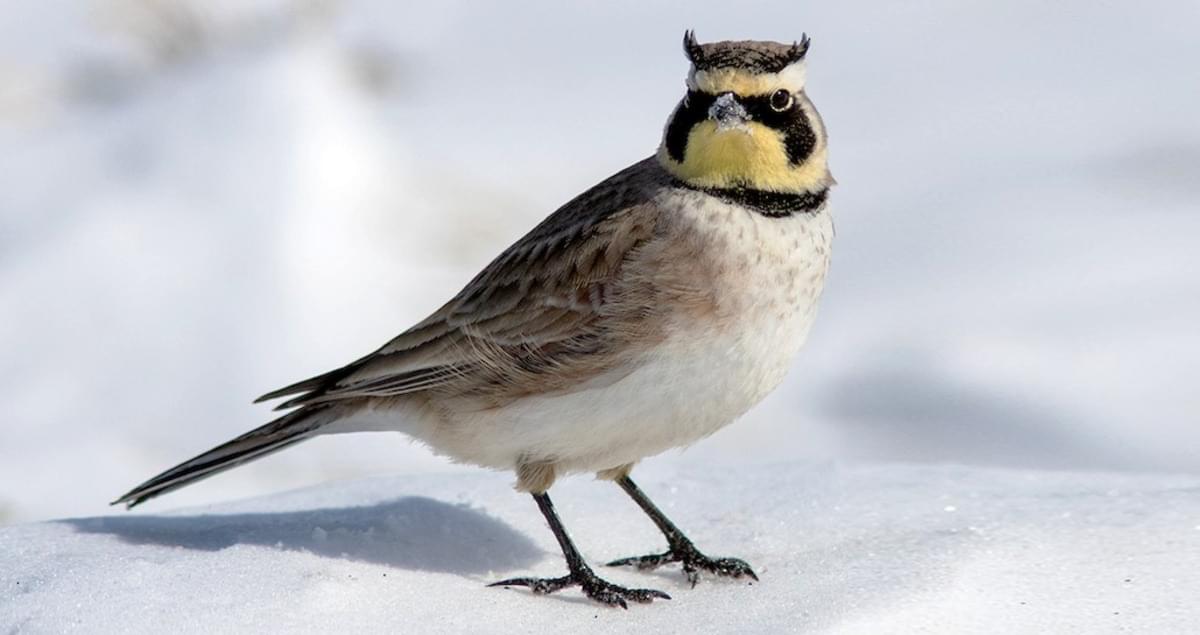
Identify this bird and its habitat
Horned Lark
Desert Grasslands

Identify this bird and its habitat
Sprague’s Pipit
Desert Grasslands
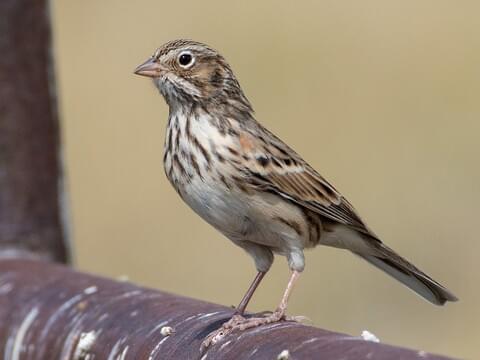
Identify this bird and its habitat
Vesper Sparrow
Northeastern Grassland
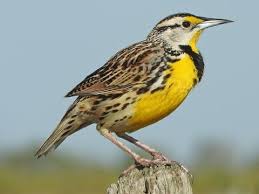
Identify this bird and its habitat
Eastern Meadowlark
Northeastern Grasslands
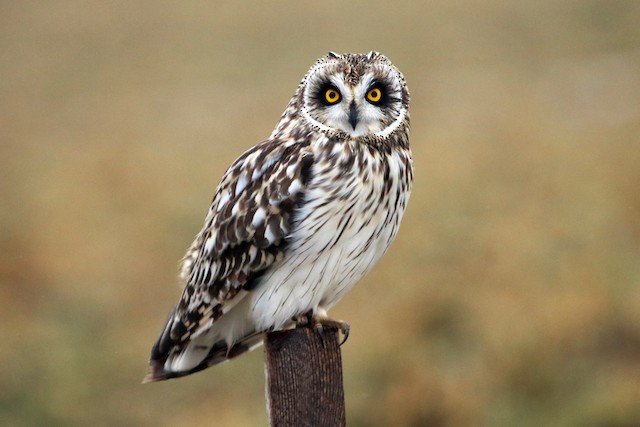
Identify this bird and its habitat
Short-eared Owl
Northeastern Grasslands
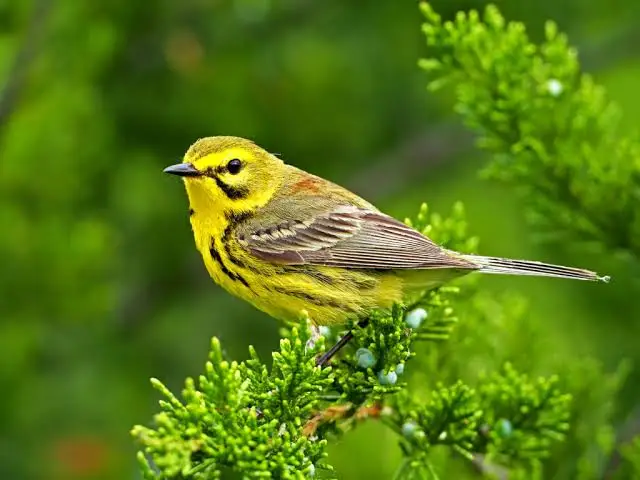
Identify this bird and its habitat
Prairie Warbler - Nests within 10ft of the ground, 3-5 eggs per brood 2 broods per year
Albany Pine Bush
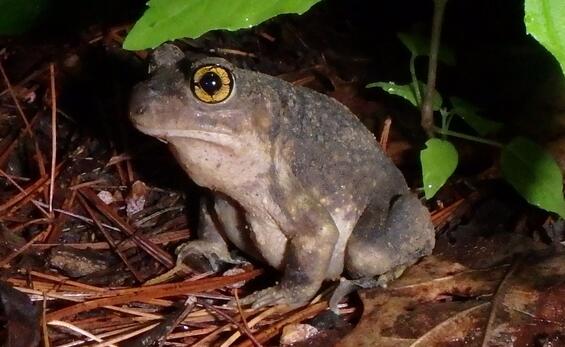
Identify this toad and its habitat
Eastern Spadefoot - Hardened projections on back feet for digging,
Albany Pine Bush
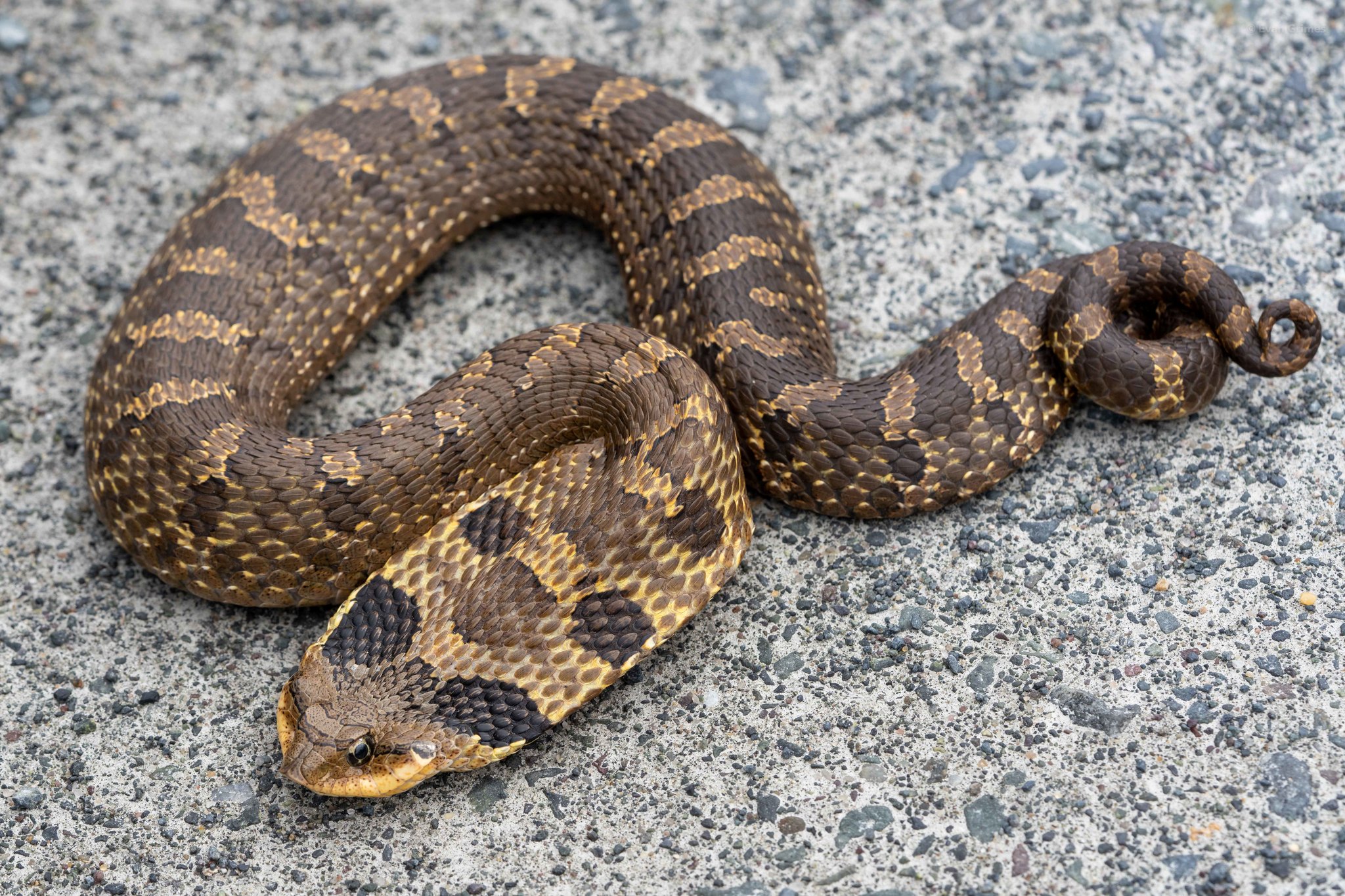
Identify this snake and its habitat
Eastern hognose snake - burrows in the sand using snout, defensive displays similar to a cobra
Albany Pine Bush
Define the following terms
fossorial, girdling, drill and fill, fuel moisture stick, ladder fuels, hemicryptophytes
fossorial - lives mostly underground (possibly months at a time)
girdling - cut a circle through the cork cambium to kill trees
drill and fill - drill hole in living tree and fill with herbicide
fuel moisture stick - used to assess fire risks by predicting moisture content of surrounding fuel loads
ladder fuels - small trees, shrubs branches resulting in a fire reaching the canopy
hemicryptophytes - perennial plants with overwintering buds located in soil surface
evanescent branches - self pruning lower branches reducing ladder fuel
benefits of prescribed burns and examples of pyrogenic regions
pyrogenic ecosystems are naturally driven by fire and require it, controls shrubs in grasslands, recycles nutrients
African savannas/grasslands, SW Australian shrublands, USA prairies/grasslands/chaparral/southern pine forests/western coniferous forests
Badlands national park, chief mountain, yellowstone
what are some management practices used in the Albany pine bush
native tree removal (girdling, drill and fill, cut and chip)
controlled burns
primary causes of fires
lightning
people
spontaneous combustion
volcanic activity
conditions necessary for a natural fire and the fire triangle
accumulated organic matter (leaf litter, woody debris, shrubs), dry weather (typically mid-summer to fall), source of ignition
oxygen, heat, fuel
humans fire impacts
Native Americans - create open sites, maintain soft and hard mast production, enhance game species habitat
European settlers - logging results in large amounts of slash/fuel causing massive fires (Adirondack 500,000 acre fire)
fire classes
surface fire - cooler, faster, least destructive
ground fire - intense fire consuming soil, very destructive and hard to control
crown fire- fire reaching canopy
negative effects of fire
organic matter in soil can be lost
water holding ability reduced
fungi count decreases
aesthetic damage
habitat degradation
archeological site damage
loss of property and lives
fire adaptations of sequoia
thick bark
self pruning lower branches
rapid sapling growth
early cone production
seed viable in soil for long periods and mostly through fire
fire related jobs
typically with the Bureau of Land Management or USFS
fire crews - do other work until fire
hot shot crews - about 20 members
smoke jumper - specialize in very remote wildlife fires, jump out of plane into/nearby remote fire
What is the leading cause for songbird decline? give examples
Caused by a loss of habitat
Conversion of vegetation types
Now agricultural land a large component in songbird habitat
who started the breeding bird survey. when and why
initiated in 1966 by Chandler Robbins coordinated by USGS, Wildlife research center and national wildlife service
used to track and estimate changes in songbird populations
stop every .5 miles and count birds in a .25 mile radius for 3 min (typically conducted in june during morning hours)
grassland types
southeastern pine savanna - pyrogenic, burn intervals of 1-3 years (bunchgrass)
tallgrass prairie - pyrogenic, grazing and drought (bunchgrass)
shortgrass prairie - drought, grazing, between tall and shortgrass prairie (sod formers)
northern plains - drought, grazing, fire, heterogeneous variation (both)
desert grasslands - drought, grazing, pyrogenic (both)
northeastern grasslands - disturbances such as fire, ice, wind, disease, insects, beavers, humans (mostly sod formers, some bunchgrass)
types of grass
bunchgrass - distinct cluster of stems (orchard grass, bluebunch wheatgrass, timothy)
sod-formers - dense mat of stems (buffalo grass. bermuda grass, johnson grass)
more definitions
succession, primary succession, secondary succession, climax community, subclimax, sere
succession - predictable sequential appearance of species through time following disturbance or colonization of vacant area
primary succession - development of a community where one did not previously exist
secondary succession - development where existing vegetation was destroyed
climax community - relatively stable self perpetuating long lasting community
subclimax - any of the stages before climax
sere - collective sequence of successional stages
list some animal and plant species that are likely to occur throughout the stages of succession
Early - quaking aspen, black locust, gray birch / grasshopper sparrow, meadow mouse, meadowlark
middle - red maple, white pine, black cherry / towhee, purple finch, robin, ruffed grouse
late - hemlock, sugar maple, american beech / veery, red fox, red squirrel
impacts of wildlife on succession
bird dispersal of seeds, deer browse